Jeffery Armoured Car- Was The Vehicle Fit to Fight the Formidable Germans?
By Rakhi Anand
3211 Views
The Jeffery armoured car was developed by the US and Canada as an immediate requirement during the World War I.
The Russian Armoured Car Jeffery named Jeffery-Poplavko after its designer was one of the most interesting armoured vehicles developed during the First World War. Made on the Chassis of the US Jeffery truck, it was one of the first all-terrain armoured cars.
The Jeffery armoured car was developed by the US and Canada as an immediate requirement during World War I.
Early Development
During the early phase of World War I, The ‘Thomas B Jeffery Company of Kenhosa’, Wisconsin USA was requested by the Canadian Military to develop an armoured car.
The army aimed to establish a battery of new machine-gun armed armoured cars to help the allies fight the formidable defences of the Germans across Europe.
The Jeffery Company was already producing the four wheel drive ‘Jeffery Quad’ at commercial level which had become quite successful. And so, the standard drive of Jeffery Quad was selected by the Canadians for a special conversion process.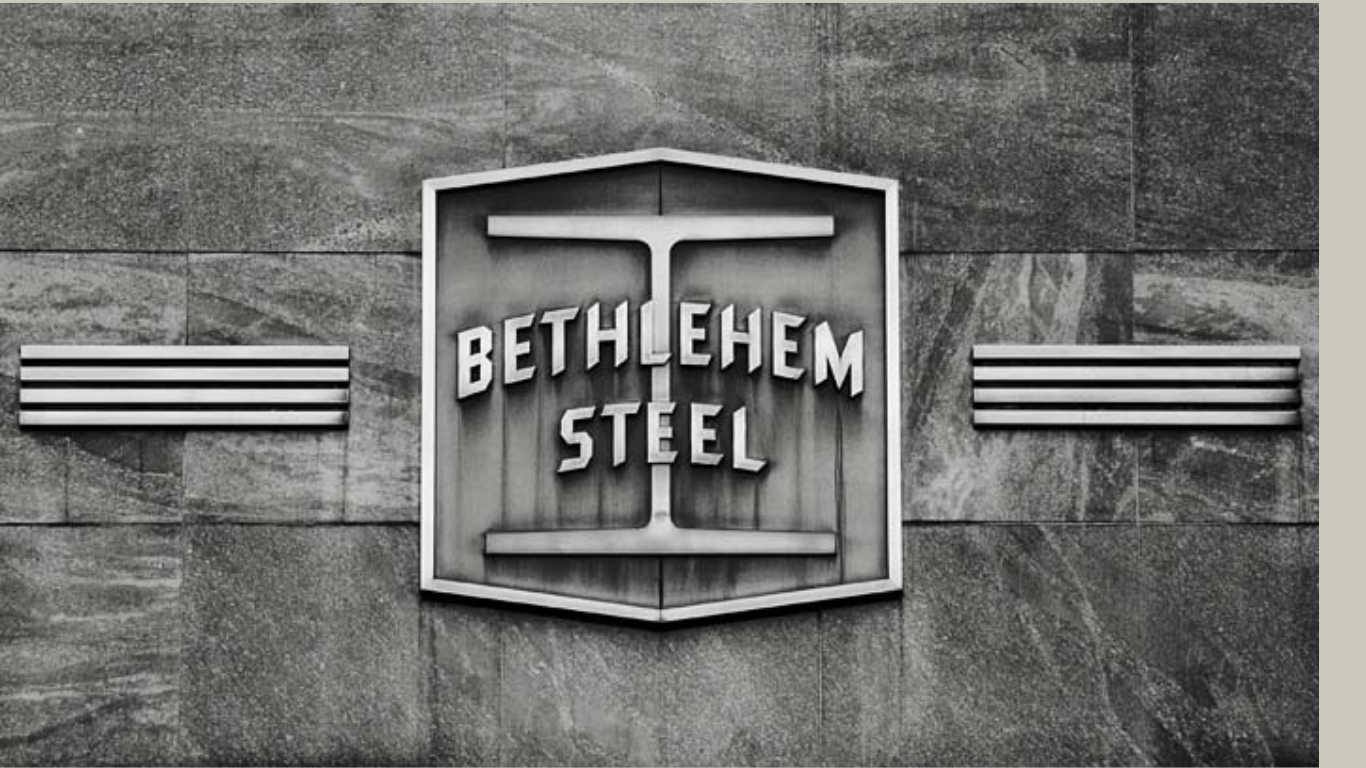
The armoured steel plating was developed by Bethlehem Steel Company of Pennsylvania.
The conversion of Jerrefry Quad and addition of the armour plating gave rise to what was called ‘Jeffery Armoured Car’. The project capital was arranged by John C Eaton who was a wealthy Canadian businessman and the design of the vehicle was developed by Jeffery Company Superintendent, Jerry De Cou.
The Canadians had got a single turret, fully armoured war machine with four wheel drive arrangement. The vehicle could be steered from the front and the rear. This was a great feature and allowed the car to drive away from the danger zone without having to turn completely around. The engine had the typical forward placement and consisted of a single 4 cylinder unit allowing the heavy vehicle a road speed of 20 miles per hour on good roads.
Features of the Jeffery Armoured Car
The length of the vehicle was 18 feet. It had a beam of 6.4 feet and the height was 8 feet. The vehicle was made of the chassis of a truck and so the ground clearance was good. But when compared to the armoured developed during World War I, the vehicle had a relatively weak drive power. As a result of the car being developed from a commercial vehicle, it had limitations in cross-country mobility as off-roading capabilities were not there. The vehicle had the added weight of armament and the armour plating and that affected the overall performance of the vehicle. The crew cabin could accommodate up to four members. The vehicle was armed with four machine guns that were either of Benet-Mercier or Vickers design. 
Role of the Jeffery Armoured Car in World War I
Between 1915 and 1916 about fifty vehicles were produced in the United States and Canada. In Canada the production was handled by Canada Cycle and Motor Company Ltd. the Company had experience in the production of Russel Trucks. Due to this some of the cars were referred to as ‘Russel Armoured cars’ for the role they played in the production of the cars.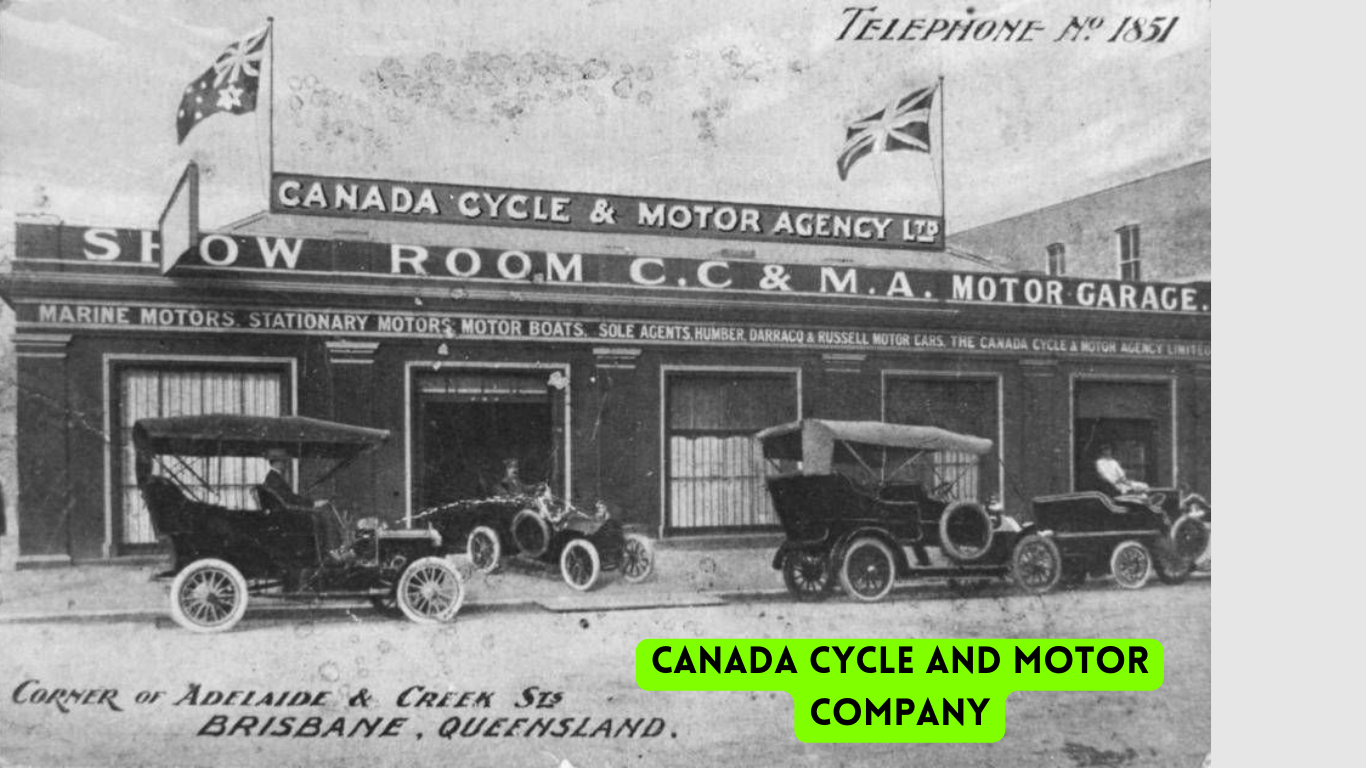
In Canadian Army Service, the trucks were used to form the Eaton Machine Gun Battery and were shipped to Europe to take part in fighting in Sept 2015.
However by the end of 1914, the fluid -war was almost over and when the trucks arrived the army was involved in trench warfare. The trucks did not find a place in trench warfare. The wartime service period of the cars ended in storage. For all the expense, training and hard work, the vehicles were devoid of combat and did not find any operational role during the Great War.
Apart from the Canadian Army, the vehicle was also used by the United States and Britain in varying numbers. American General John Pershing’s ‘Pancho Villa Expedition’ trained with Armoured Car No.1 during 1916. 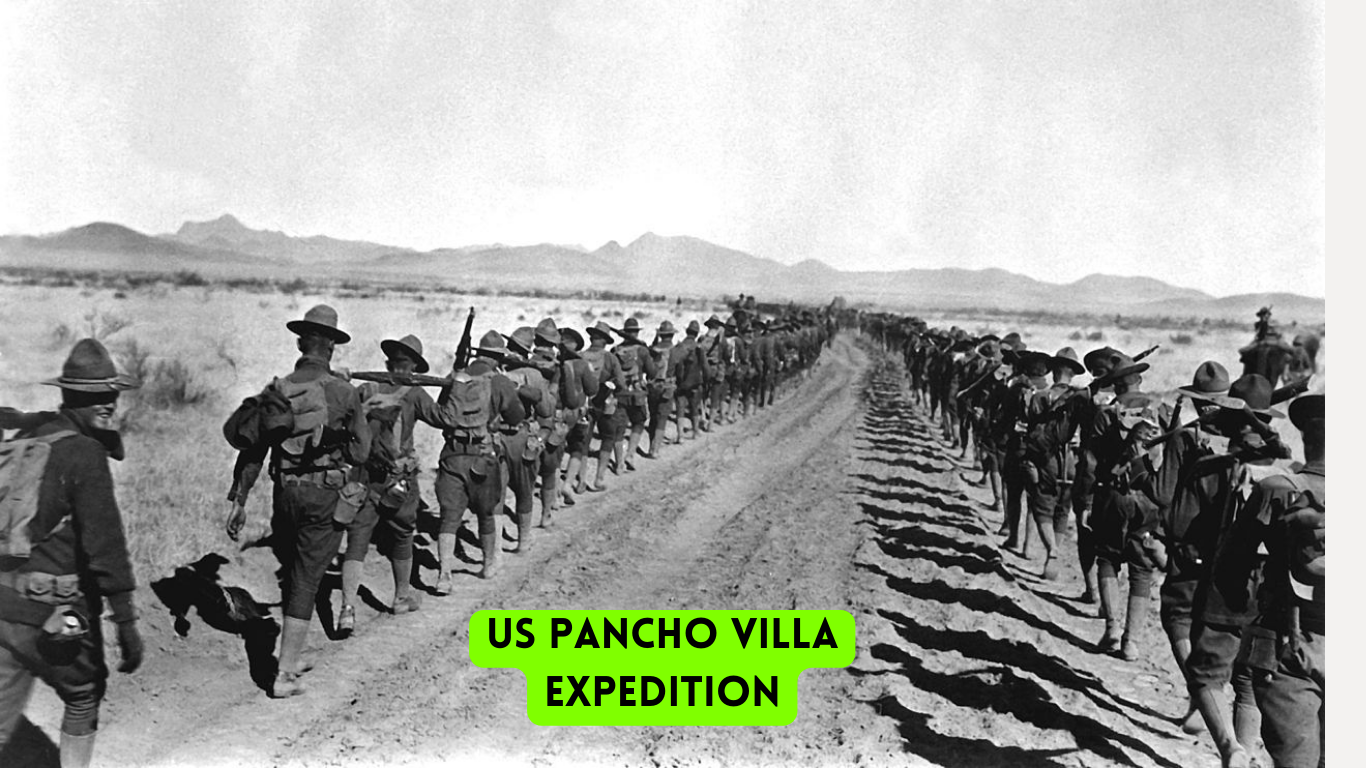
These cars were very similar to the Canadian designs except for a two-turret armament arrangement. The vehicles were operated as a part of the British India Command. 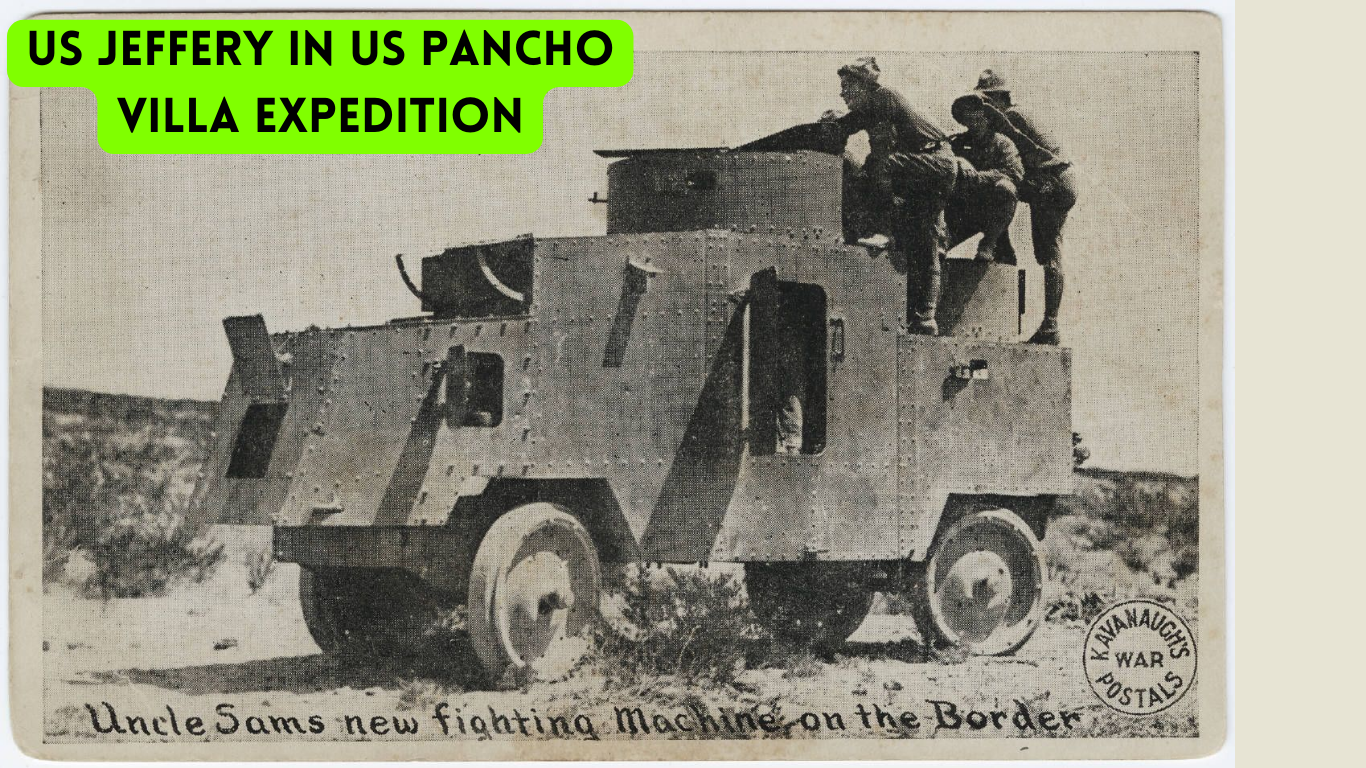
They were used mainly for local security at the colonial level. Some were also employed by the British in Ireland for local security.
Jeffery Armoured Car, Model 1915
The Jeffery Company, renowned during that time for its all-wheel drive feature, was the earliest to provide US Military vehicles for tests in 1915. The single Jeffery model produced for evaluation in 1915 weighed 5.3 tons and had a 4x4 steering. The turning radius of the vehicle was 28 ft (8.5 m) and it had rubber-bands on metallic wheels. The vehicle armed by four .30 cal Benet-Mercier machine rifles and two in reserve had a towering height of 2.5 m. 
Access to the vehicle was granted by side doors. The front engine compartment was ventilated from below as the radiator has no front openings. It could be accessed by a front and two side hatches. 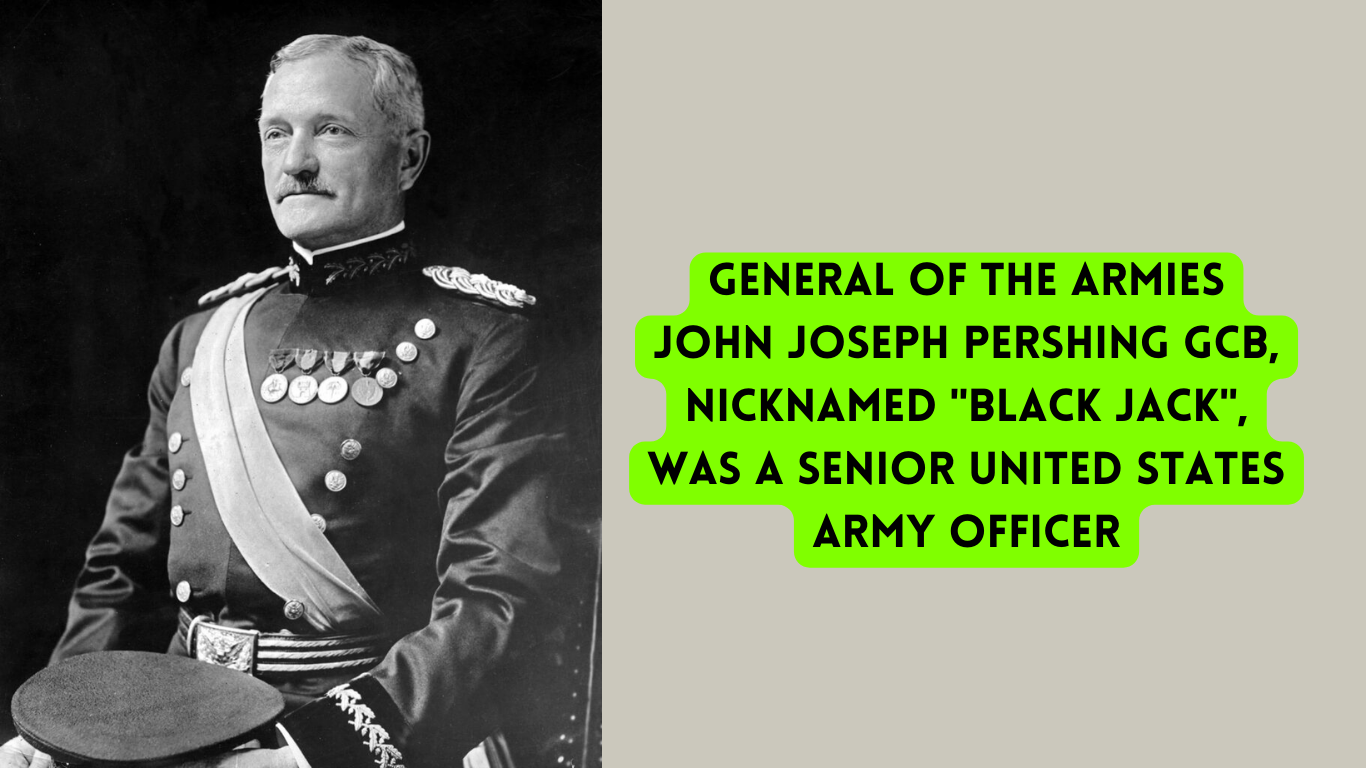
The vehicle was a part of a training session in Columbus, New Mexico. Thereafter, it joined other models like Mack, Locomobile and White during General John Pershing's punitive expedition against Pancho Villa in Mexico in 1916.
The expedition stayed on the border of Mexico and no record of fighting is available. After 1917, the Jeffery model spent the rest of its active life in Maryland before attaining retirement.
The Jeffery Armoured Car, Model 1916
In 1916 the British India Command turned to the USA and Jeffery, and ordered forty vehicles for the "Field Force" deployed against the Mohmand rising of Haji Mullah in India's North West Frontier.
The vehicles developed in 1916 were lower and lighter. They had a single turret armed at the centre with a Vickers .303 liquid cooled machine gun. It was also equipped with wire-cutters on the nose, toolboxes in rear and sides and no side doors.
The Jefferies meant for Indian terrain mostly patrolled unpaved tracks which clearly displayed the vehicle's limited off-road capabilities. The vehicle had narrow solid tyres and the speed was maintained below 12 mph. Maintenance of the vehicle was difficult as the ship carrying the spare parts had torpedoed and drowned. It is believed that some of these vehicles were also used in Ireland later.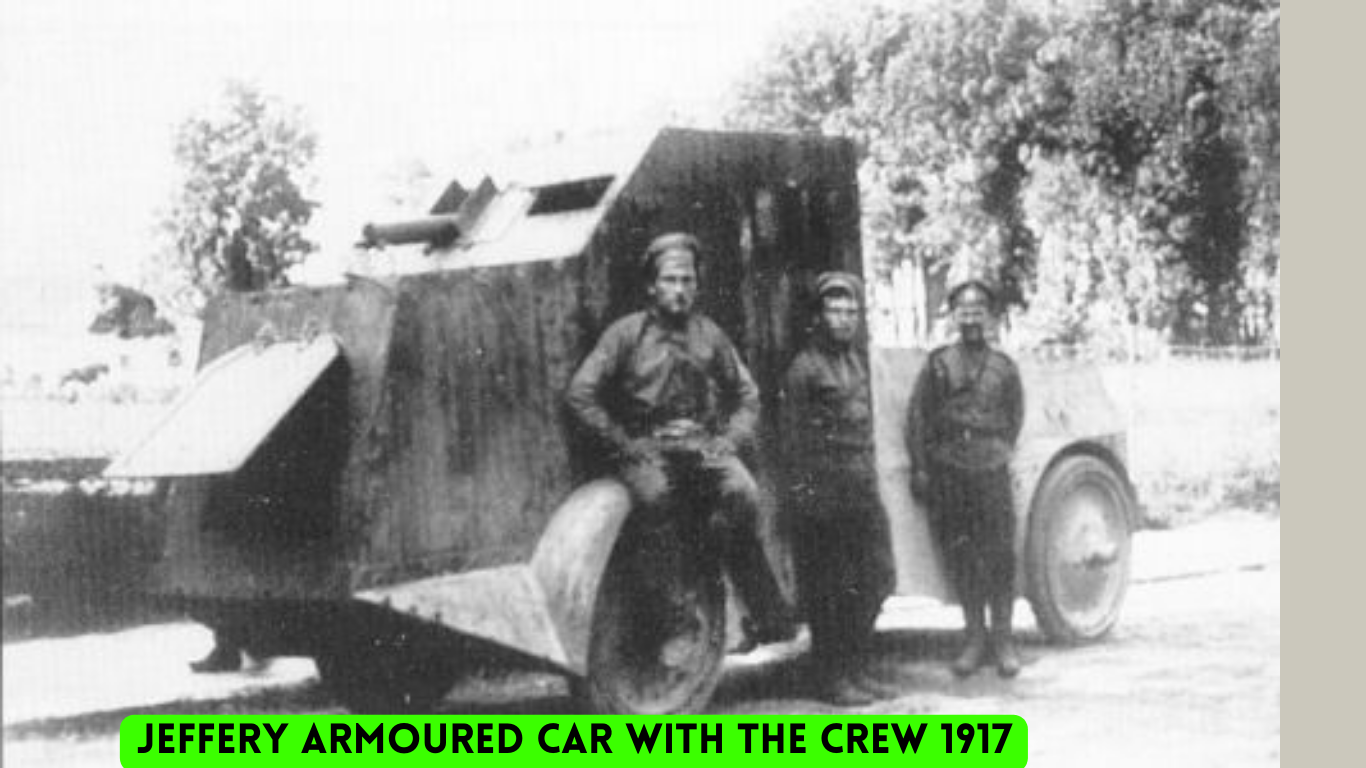
Through this article we have shared information about the Jeffery Armoured Car which was developed by the US and Canada as an immediate requirement during the Great War. Our article series, ‘Evolution of Military Vehicles’ is our endeavour to bring out unique and interesting stories about the most celebrated vehicles from the military automotive world. To find out more about our latest stories, keep checking our website. In case of any query, feel free to contact us.